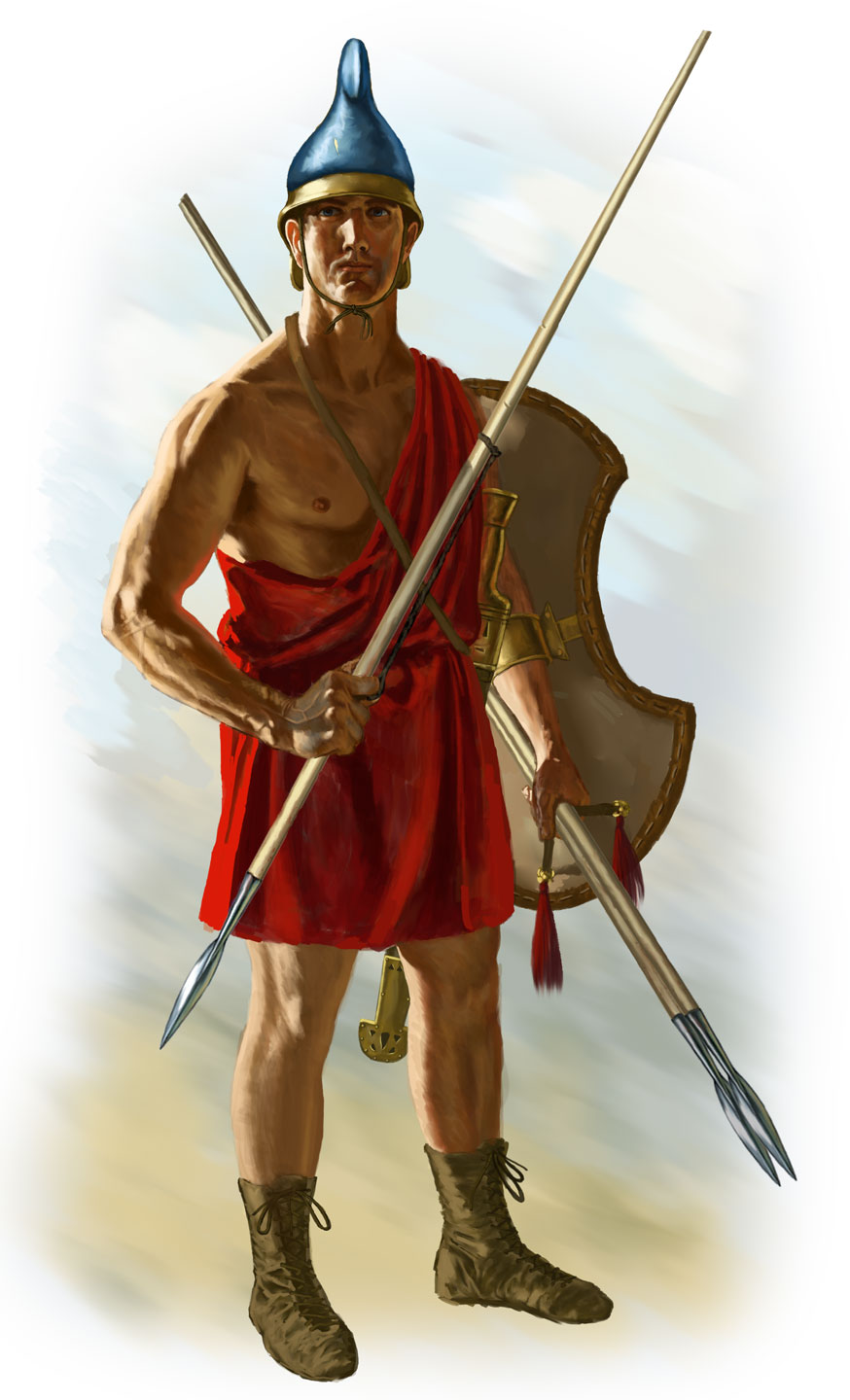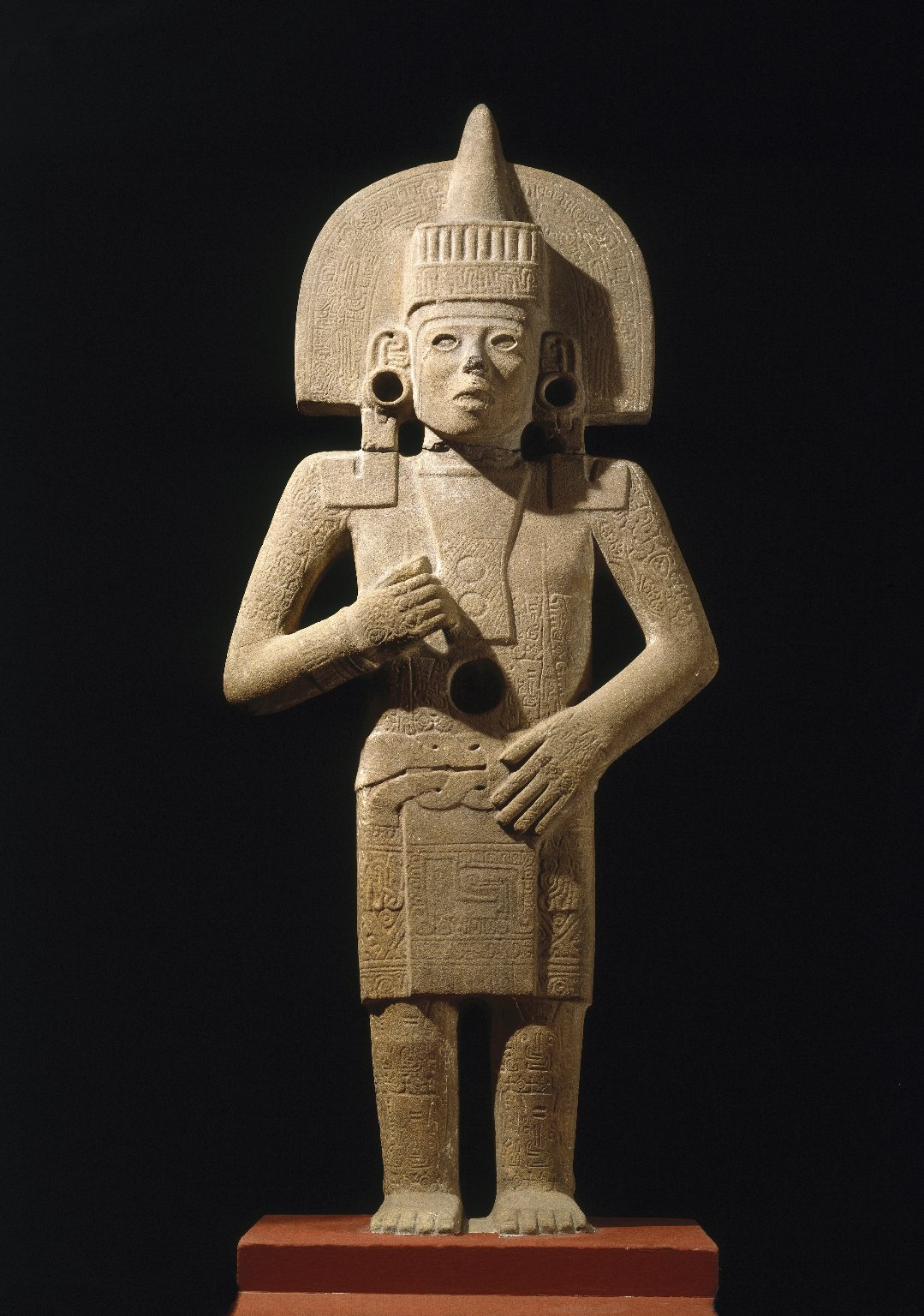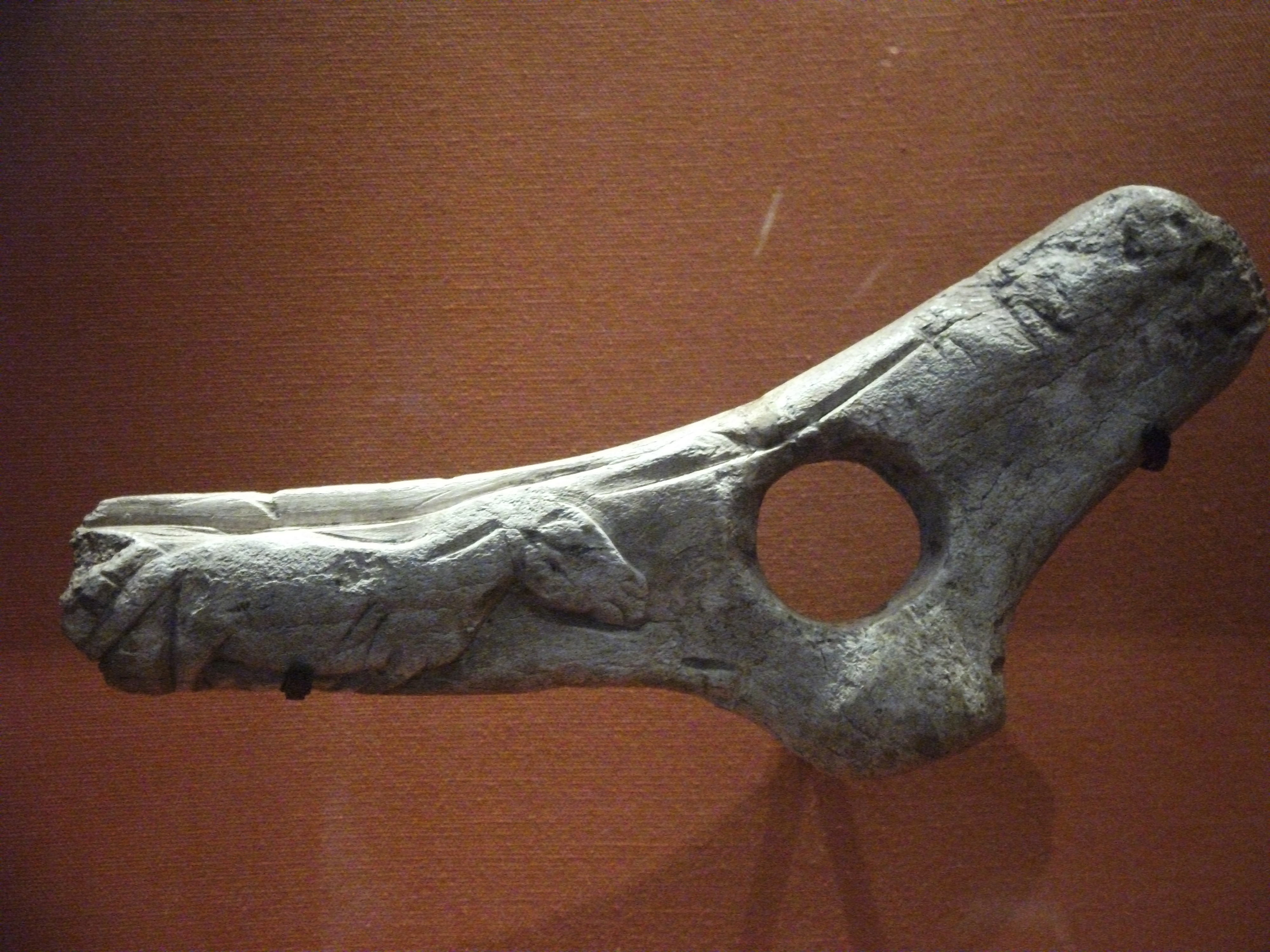|
Spear Thrower
A spear-thrower, spear-throwing lever or ''atlatl'' (pronounced or ; Nahuatl ''ahtlatl'' ) is a tool that uses leverage to achieve greater velocity in dart or javelin-throwing, and includes a bearing surface which allows the user to store energy during the throw. It may consist of a shaft with a cup or a spur at the end that supports and propels the butt of the spear. It's usually about as long as the user's arm or forearm. The user holds the spear-thrower in one hand, gripping near the end farthest from the cup. The user puts the butt end of the spear, or dart, in the cup, or grabs the spur with the end of the spear. The spear is much longer than the thrower. The user holds the spear parallel to the spear-thrower and going in the other direction. The user can hold the spear, with the index and thumb, with the same hand as the thrower, with the other fingers. The user reaches back with the spear pointed at the target. Then they make an overhand throwing motion with the thrower ... [...More Info...] [...Related Items...] OR: [Wikipedia] [Google] [Baidu] |
Mammoth Spear Thrower
The Mammoth spear thrower is a spear thrower in the form of a mammoth, discovered at the "Montastruc rock shelter" in Bruniquel, France. It is from the late Magdalenian period and around 12,500 years old. It now forms part of the Henry Christy, Christy Collection in the British Museum (Palart 551), and is normally on display in Room 2.Spear thrower carved as a mammoth. British Museum 2011. Retrieved 14 September 2011. Between 7 February – 26 May 2013 it was displayed in the exhibition at the British Museum ''Ice Age Art: Arrival of the Modern Mind''. /re ... [...More Info...] [...Related Items...] OR: [Wikipedia] [Google] [Baidu] |
Aztec Atl-atl (Museo Nacional De Antropología)
The Aztecs () were a Mesoamerican culture that flourished in central Mexico in the post-classic period from 1300 to 1521. The Aztec people included different ethnic groups of central Mexico, particularly those groups who spoke the Nahuatl language and who dominated large parts of Mesoamerica from the 14th to the 16th centuries. Aztec culture was organized into city-states (''altepetl''), some of which joined to form alliances, political confederations, or empires. The Aztec Empire was a confederation of three city-states established in 1427: Tenochtitlan, city-state of the Mexica or Tenochca; Texcoco; and Tlacopan, previously part of the Tepanec empire, whose dominant power was Azcapotzalco. Although the term Aztecs is often narrowly restricted to the Mexica of Tenochtitlan, it is also broadly used to refer to Nahua polities or peoples of central Mexico in the prehispanic era, as well as the Spanish colonial era (1521–1821). The definitions of Aztec and Aztecs have long ... [...More Info...] [...Related Items...] OR: [Wikipedia] [Google] [Baidu] |
Bannerstone
Bannerstones are artifacts usually found in the Eastern United States that are characterized by a centered hole in a symmetrically shaped carved or ground stone. The holes are typically " to " in diameter and extend through a raised portion centered in the stone. They usually are bored all the way through but some have been found with holes that extend only part of the way through. Many are made from banded slate or other colored hard stone. They often have a geometric "wing nut" or "butterfly" shape but are not limited to these. More than just functional artifacts, bannerstones are a form of art that appear in varying shapes, designs, and colors, symbolizing their ceremonial and spiritual importance. Debates over function Archaeologists have debated over the use of bannerstones. Some have suggested that they are atlatl weights or ceremonial pieces. Others believe that they may be for drilling, cordage making, or fire making. Robert S. Berg's theory proposed that they are part ... [...More Info...] [...Related Items...] OR: [Wikipedia] [Google] [Baidu] |
Paleolithic
The Paleolithic or Palaeolithic (), also called the Old Stone Age (from Greek: παλαιός ''palaios'', "old" and λίθος ''lithos'', "stone"), is a period in human prehistory that is distinguished by the original development of stone tools, and which represents almost the entire period of human prehistoric technology. It extends from the earliest known use of stone tools by hominins, 3.3 million years ago, to the end of the Pleistocene, 11,650 cal BP. The Paleolithic Age in Europe preceded the Mesolithic Age, although the date of the transition varies geographically by several thousand years. During the Paleolithic Age, hominins grouped together in small societies such as bands and subsisted by gathering plants, fishing, and hunting or scavenging wild animals. The Paleolithic Age is characterized by the use of knapped stone tools, although at the time humans also used wood and bone tools. Other organic commodities were adapted for use as tools, includ ... [...More Info...] [...Related Items...] OR: [Wikipedia] [Google] [Baidu] |
Dart (missile)
Darts are airborne ranged weapons. They are designed to fly such that a sharp, often weighted point will strike first. They can be distinguished from javelins by the presence of fletching (feathers on the tail) and a shaft that is shorter and/or more flexible. Darts can be propelled by hand or with the aid of a hand-held implement such as a blowgun. They can be distinguished from arrows because they are not used with a bow. Darts have been used since pre-history. The plumbatae were lead-weighted darts thrown by infantrymen in Antiquity and the Middle Ages. Darts can be propelled by a number of means. The atlatl uses leverage to increase the velocity of the dart, the kestros increases the range of propelled darts using a sling, and the exhalation of a person's breath through a blowgun propels small stone points or poisoned needles with pneumatic force. In the modern era, darts have been used for recreation; in lawn darts and the game of darts. History Pre-history Some of th ... [...More Info...] [...Related Items...] OR: [Wikipedia] [Google] [Baidu] |
Wells Reindeer Age Articles
Wells most commonly refers to: * Wells, Somerset, a cathedral city in Somerset, England * Well, an excavation or structure created in the ground * Wells (name) Wells may also refer to: Places Canada *Wells, British Columbia England * Wells (Priory Road) railway station was a railway station in Wells, Somerset * Wells (Tucker Street) railway station was a railway station in Wells, Somerset * Wells (UK Parliament constituency), the UK parliamentary constituency in which the city of Wells, Somerset, is located * Wells-next-the-Sea, town and port in Norfolk ** Wells-on-Sea railway station was a railway station in Wells-next-the-Sea Scotland * Wells, Roxburghshire, a Scottish feudal barony United States *Wells, California, former name of Keene, California * Wells, Indiana *Wells, Kansas *Wells, Maine *Wells, Minnesota * Wells, Mississippi *Wells, Nevada *Wells, New York, a town ** Wells (CDP), New York, a census-designated place in the town * Wells, Texas * Wells, Vermont, a N ... [...More Info...] [...Related Items...] OR: [Wikipedia] [Google] [Baidu] |
Ehecatl
Ehecatl ( nci-IPA, Ehēcatl, eʔˈeːkatɬ, ) is a pre-Columbian deity associated with the wind, who features in Aztec mythology and the mythologies of other cultures from the central Mexico region of Mesoamerica. He is most usually interpreted as the aspect of the Feathered Serpent deity (Quetzalcoatl in Aztec and other Nahua cultures) as a god of wind, and is therefore also known as Ehecatl-Quetzalcoatl. Ehecatl also figures prominently as one of the creator gods and culture heroes in the mythical creation accounts documented for pre-Columbian central Mexican cultures.Miller and Taube (1993, pp. 70,84) Since the wind blows in all directions, Ehecatl was associated with all the cardinal direction The four cardinal directions, or cardinal points, are the four main compass directions: north, east, south, and west, commonly denoted by their initials N, E, S, and W respectively. Relative to north, the directions east, south, and west are at ...s. His temple was built as a cylin ... [...More Info...] [...Related Items...] OR: [Wikipedia] [Google] [Baidu] |
Bâton De Commandement
Perforated baton, bâton de commandement or bâton percé are names given by archaeologists to a type of particular prehistoric artifact from Prehistoric Europe, whose function remains debated. The name ''bâtons de commandement'' ("batons of command") was the name first applied to the class of artifacts, but it makes an assumption of function, as a ceremonial object or insignia held by leaders. The name ''bâton percé'', meaning "pierced rod", or "perforated baton" (the term used by the British Museum) is a more recent term, and is descriptive of form rather than any presumed function. Many are decorated with carved or engraved animals, and the most usual explanation of their use is that they were used for straightening spears and arrows, and as spear-throwers. Description and function Bâtons percés are made from a length of antler with a round hole made in one end, and often have abstract or animal designs etched into them (such as horses). They have been found at A ... [...More Info...] [...Related Items...] OR: [Wikipedia] [Google] [Baidu] |
Hyena
Hyenas, or hyaenas (from Ancient Greek , ), are feliform carnivoran mammals of the family Hyaenidae . With only four extant species (each in its own genus), it is the fifth-smallest family in the Carnivora and one of the smallest in the class Mammalia. Despite their low diversity, hyenas are unique and vital components of most African ecosystems. Although phylogenetically closer to felines and viverrids, as part of suborder Feliformia, hyenas are behaviourally and morphologically similar to canids in several elements due to convergent evolution; both hyenas and canines are non-arboreal, cursorial hunters that catch prey with their teeth rather than claws. Both eat food quickly and may store it, and their calloused feet with large, blunt, nonretractable claws are adapted for running and making sharp turns. However, hyenas' grooming, scent marking, defecation habits, mating and parental behavior are consistent with the behavior of other feliforms. Hyenas feature prominently ... [...More Info...] [...Related Items...] OR: [Wikipedia] [Google] [Baidu] |
British Museum
The British Museum is a public museum dedicated to human history, art and culture located in the Bloomsbury area of London. Its permanent collection of eight million works is among the largest and most comprehensive in existence. It documents the story of human culture from its beginnings to the present.Among the national museums in London, sculpture and decorative and applied art are in the Victoria and Albert Museum; the British Museum houses earlier art, non-Western art, prints and drawings. The National Gallery holds the national collection of Western European art to about 1900, while art of the 20th century on is at Tate Modern. Tate Britain holds British Art from 1500 onwards. Books, manuscripts and many works on paper are in the British Library. There are significant overlaps between the coverage of the various collections. The British Museum was the first public national museum to cover all fields of knowledge. The museum was established in 1753, largely b ... [...More Info...] [...Related Items...] OR: [Wikipedia] [Google] [Baidu] |
Stone Age
The Stone Age was a broad prehistoric period during which stone was widely used to make tools with an edge, a point, or a percussion surface. The period lasted for roughly 3.4 million years, and ended between 4,000 BC and 2,000 BC, with the advent of metalworking. Though some simple metalworking of malleable metals, particularly the use of gold and copper for purposes of ornamentation, was known in the Stone Age, it is the melting and smelting of copper that marks the end of the Stone Age. In Western Asia, this occurred by about 3,000 BC, when bronze became widespread. The term Bronze Age is used to describe the period that followed the Stone Age, as well as to describe cultures that had developed techniques and technologies for working copper alloys (bronze: originally copper and arsenic, later copper and tin) into tools, supplanting stone in many uses. Stone Age artifacts that have been discovered include tools used by modern humans, by their predecessor species in the ... [...More Info...] [...Related Items...] OR: [Wikipedia] [Google] [Baidu] |
Hafting
Hafting is a process by which an artifact, often bone, stone, or metal A metal (from Greek μέταλλον ''métallon'', "mine, quarry, metal") is a material that, when freshly prepared, polished, or fractured, shows a lustrous appearance, and conducts electricity and heat relatively well. Metals are typicall ... is attached to a ''haft'' (handle or strap). This makes the artifact more useful by allowing it to be shot (arrow), thrown by hand (spear), or used with more effective leverage (axe). When constructed properly, hafting can tremendously improve a weapon's damage and range. It is estimated that hafted weapons were most common during the Upper Paleolithic and Middle Paleolithic. It was one of the first tools where hominins took separate elements and united them into a single tool. The development of hafting is considered by archaeologists to have been a significant milestone. It was not only an improvement in the technology at the time; it also showed the progressi ... [...More Info...] [...Related Items...] OR: [Wikipedia] [Google] [Baidu] |
.jpg)










.jpg)